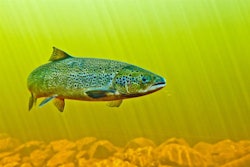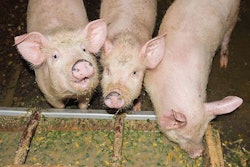
Despite growth of industry at large, organic feed sector sees decreased production of corn, soybeans
Organic producers could face a tight market for feed in the coming year, but the decreased availability of staple crops such as corn and soybeans could set the stage for “massive expansion” of organic farms.
Harvested acres of organic corn and soybeans are expected to decrease 10% or more in many states, particularly in flood-stricken Midwestern states such as Michigan, Missouri and Wisconsin. The decrease has already pushed organic feed corn prices up 36 cents per bushel over August 2018, according to a September markets report from organic commodities trading firm Mercaris.
The contraction likely will have little effect on the organic soybeans market thanks to the sector’s heavy reliance on imports, said Ryan Koory, a senior economist at Mercaris. But he said pressure to import organic corn could have a significant impact on organic feed producers, and not just because of upward price pressure.
“It will be a bitter pill to swallow, becoming more reliant on imports, particularly with respect to domestic corn,” Koory said.
Poor weather conditions caused harvested acres to decrease in spite of overall growth in the number and size of farms growing organic corn and soybeans. The number of organic farms increased 6% this year, while total planted acreage increased 7%, setting new records across the U.S. Western and High Plains states saw particularly strong growth, according to Mercaris.
“This year, the story is weather,” Koory said. “If you took weather out of the picture, you would have seen much more robust growth in the organic sector.”
Those increases, Koory said, could set the stage for a sizeable rebound in the years to come, driven by demand for organic animal feed, by the growing availability of organic cropland and by increased prices for organic commodities.











